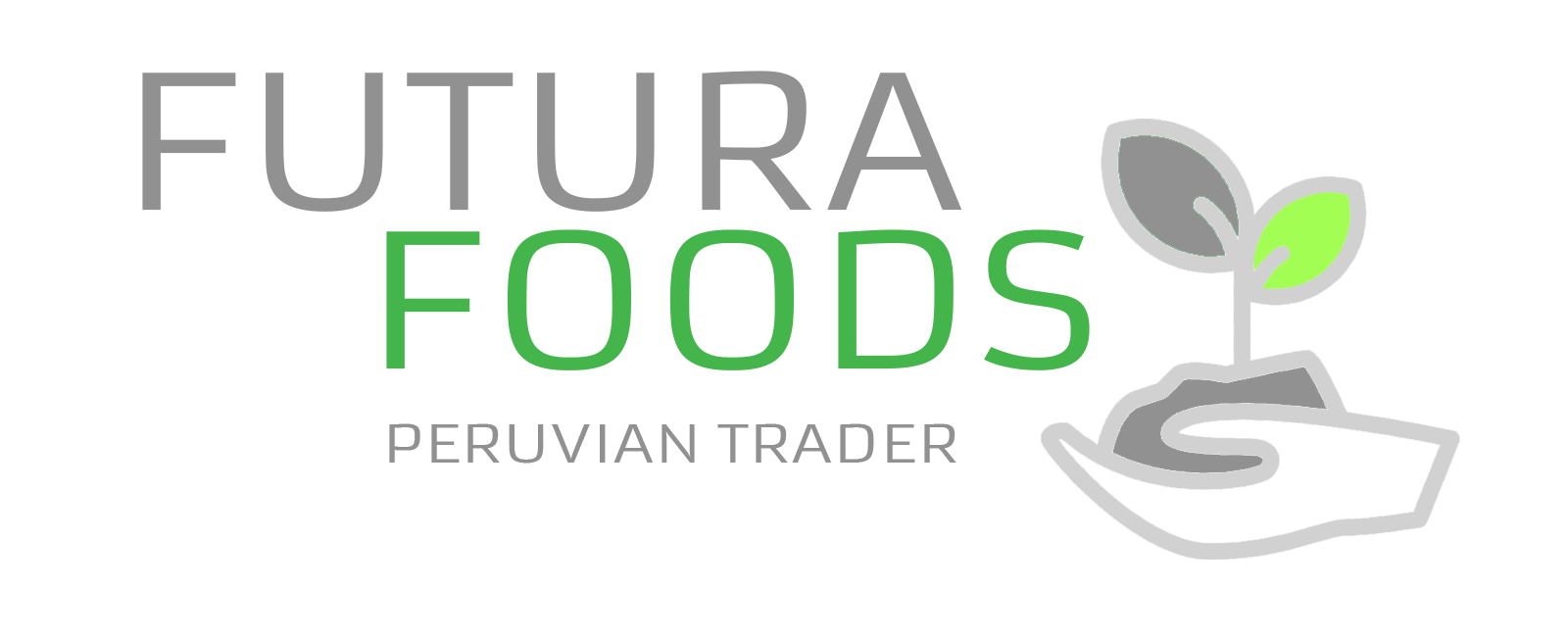Cocoa, often referred to as the “food of the gods,” has been cherished by people for millennia, and its rich history intertwines with the traditions and cultures of the countries that produce it. Peru, with its unique cocoa varieties and sustainable farming practices, stands out as a rising star in the world of premium cocoa production. In this article, we will explore the origins, qualities, and sustainable practices associated with Peruvian cocoa.
A Rich History
Cocoa cultivation in Peru dates back over 4,000 years to pre-Incan civilizations. The Chazuta Valley in the Amazon rainforest is one of the places where ancient Peruvians cultivated cocoa, and it remains a significant cocoa-producing region to this day. The Chazuta Valley is known for its unique cocoa varietals, distinctive flavors, and the traditional methods used in cocoa farming.
Exceptional Flavor Profiles
Peruvian cocoa boasts a diverse range of flavor profiles, which can be attributed to the country’s unique growing conditions. Factors such as varied microclimates, altitudes, and different cocoa varieties contribute to the complexity of Peruvian cocoa. The beans are known for their fruity, floral, and nutty notes, which set them apart from cocoa grown in other regions.
The Nacional cocoa variety, a highly prized and rare type of cocoa, is one of the stars of Peruvian cocoa. Nacional cocoa is celebrated for its fine flavor and unique genetic characteristics, which make it particularly appealing to chocolatiers and gourmet chocolate makers worldwide.
Sustainability and Biodiversity
One of the most compelling aspects of Peruvian cocoa is the country’s commitment to sustainable and ethical farming practices. In Peru, many cocoa farms are small, family-owned operations that focus on organic and agroforestry practices. Agroforestry, in particular, is a key approach where cocoa is grown alongside other trees and crops, promoting biodiversity and ensuring the long-term health of the ecosystem.
These sustainable farming practices not only protect the environment but also benefit the livelihoods of local communities. Sustainable cocoa farming helps preserve the rainforest, maintain healthy soil, and support biodiversity while providing a source of income for farmers and their families.
Organic and Fair Trade Cocoa
Peruvian cocoa is also making waves in the organic and fair trade markets. Many Peruvian cocoa farms are certified organic, meaning they avoid synthetic pesticides and fertilizers, prioritize natural and sustainable farming methods, and contribute to healthier ecosystems.
Moreover, the fair trade movement in Peru has gained momentum, promoting equitable relationships between farmers and buyers. Fair trade cocoa ensures that farmers receive a fair price for their produce, which, in turn, helps improve their living standards and support their communities.
The Future of Peruvian Cocoa
Peruvian cocoa is no longer a well-kept secret; it has become a sought-after ingredient for artisanal chocolatiers and connoisseurs worldwide. As demand for high-quality, sustainably sourced cocoa continues to grow, Peru’s cocoa industry is poised to play a more prominent role on the global stage.
By preserving its rich cocoa traditions, promoting sustainable farming practices, and embracing organic and fair trade principles, Peru is not only producing exceptional cocoa but also leading the way in responsible and ethical cocoa farming. As consumers become more conscious of the origin and quality of their chocolate, Peruvian cocoa has the potential to become a symbol of excellence in the world of fine chocolate, while also contributing to environmental conservation and social development in the heart of the Amazon rainforest.

